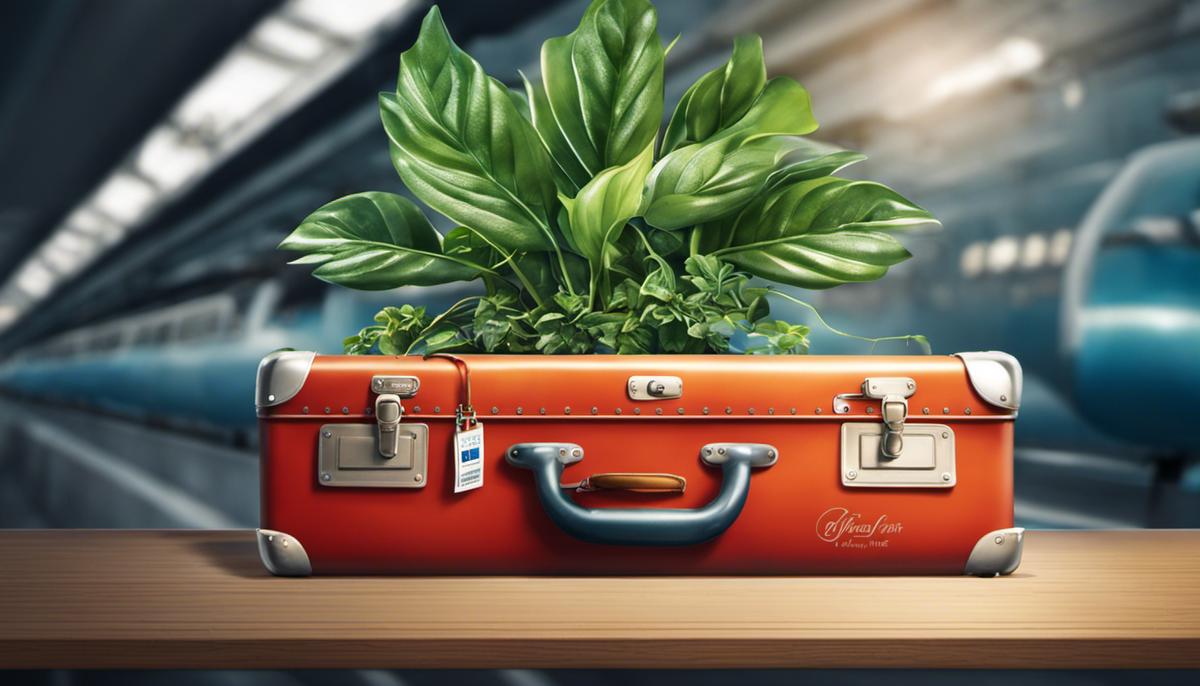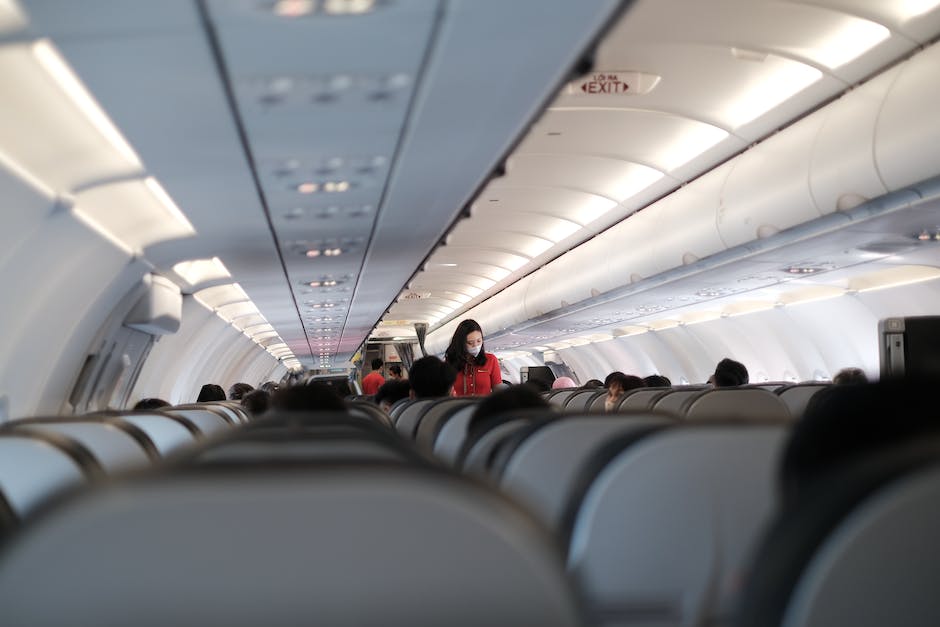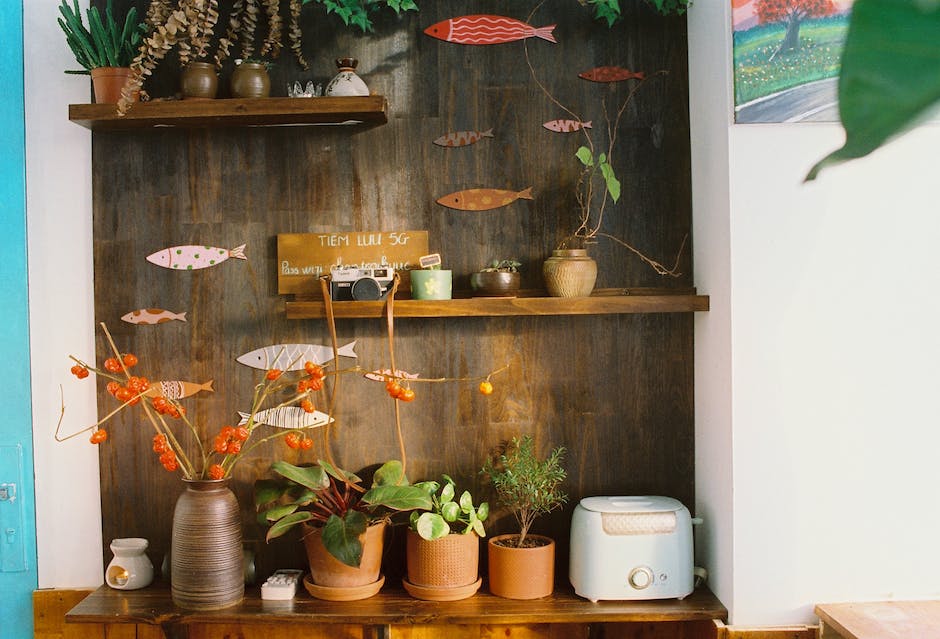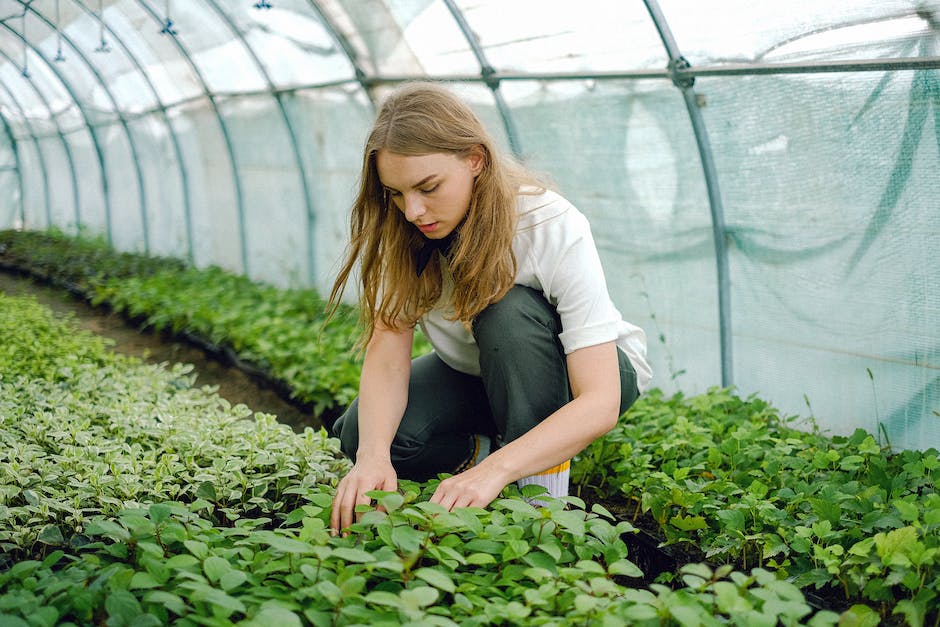Taking Your Green Friends Skywards: Can You Bring a Plant on a Plane?

Whether your green thumb has inspired a new hobby or you’ve grown attached to your fresh, leafy companions, knowing how to travel with them is essential. This isn’t simply about ensuring their survival during a long flight, but getting through complex regulations that airlines and governments may have in place concerning the transportation of plants. From airline policies to international and domestic laws, it’s important to navigate these with insights and guidance. With air travel conditions posing potential challenges to plant health, it’s also necessary to refine your care practices for your chosen flora.
Airlines’ regulations on transporting plants
One may say that growing and nurturing plants is more than just a hobby. It’s a fulfillment, a fascinating journey into the world of life, growth, and fresh oxygen.
When plant parents embark on new journeys, waving goodbye to their leafy companions can indeed be a bittersweet experience. Thankfully, airlines have clearly defined rules about carrying plants on flights that could potentially save the day (and the chlorophyll-ful friends).
Here is a simplistic overview of what these rules generally entail.
Carrying Plants on Flights: An Overview
Most U.S. airlines generally permit carrying potted plants on board, albeit under certain conditions. Now, when it comes to plants, you’re allowed to carry them onto domestic flights but international flights typically pose more restrictions. Majority of airlines’ conditions stipulate that plants must be small enough to fit under the seat in front of you or in the overhead storage without obstructing other passengers. Additionally, they must be in a carrier that meets airline guidelines.
However, what you really need to take note of are the quarantine laws of your destination. These are outlined by the United States Department of Agriculture (USDA) and can often be stricter than your airline’s policy. Some states have specific rules about importing plants to protect local ecosystems and agriculture.
For instance, California has stringent regulations to protect its significant agricultural industry. Hence, wise would be those who check both airline protocols and USDA regulations before packing that mini monstera or potted pothos into their luggage.
Traveling with your leafy friends may need a little extra effort, but isn’t it all worth it when you know you’ll have some of your home’s green cheer with you on your journey? After all, plants make the happiest and humblest of travel companions.

International and domestic transportation laws for plants
For the avid green-thumbed traveler, understanding the intricate web of laws surrounding the transportation of plants on flights is crucial to avoid any hiccups on your journey. Generally speaking, it’s simpler to carry plants on domestic flights compared to international trips due to the fewer legal complications. Domestic flights within the United States usually allow plants to be transported as long as they are appropriately packed and meet size and weight requirements. However, certain airlines may have specific rules and may require that plants are checked instead of being brought as carry-on luggage. Check these details with your airline before you head to the airport.
But the game changes significantly when shifting from domestic to international travel. Trans-border journeys open up a whole new world of regulatory controls aimed at preventing the spread of plant diseases and pests. While domestic flights are subject to USDA regulations, international flights adhere to different federal phytosanitary laws and must also respect the guidelines set forth by the Convention on International Trade in Endangered Species of Wild Fauna and Flora (CITES). Therefore, a plant that is legal to carry within the U.S. might be scheduled under CITES and deemed illegal to carry across international borders.
Additionally, some countries have stricter rules than others. For example, Australia has one of the strictest laws globally regarding importing foreign plant material, given its rich biodiversity. So, if you’re planning on traveling with your leafy companions, don’t forget to familiarize yourself with the departure and destination countries’ laws. Remember-upon arrival, your plants may be inspected or quarantined, which can take anywhere from a few minutes to several weeks. To avoid stress and potential heartache, it’s advisable to thoroughly research and prepare in advance. It’s a complex process, but seeing your favorite plants thrive in their pots halfway across the world makes all this worth it!

Ensuring plant health during air travel
One of the key factors in maintaining a plant’s health during flight is to avoid dehydration. As the aircraft cabin tends to have low humidity, the plant can succumb to its harmful effects. Therefore, it is crucial to hydrate plants thoroughly but not overly so before the flight, giving it enough time to absorb the water. An effective way is adopting the method of bottom-watering, which encourages the roots to draw up the water, providing hydration throughout the plant. This bottom-up watering strategy can potentially diminish the chances of mold and bacterial growth, which are possible during transit due to increased moisture and minimal airflow.
Furthermore, the overall condition of the plant plays a vital role in how well it withstands the journey. Always consider carrying plants that appear healthy and are free from any pest infestation or diseases. While carrying the plant, pay close attention to the packaging. Use breathable yet sturdy materials to secure the plant, protecting it from being knocked or crushed while in transit. Make use of any cushioning materials like bubble wrap or newspaper to buffer the plant pot and the foliage from the package’s rigid surface. Additionally, try to secure your plant in an upright position, especially during takeoff and landing, to prevent the plant from tipping over.
Lastly, the plant’s adjustment to the new environment post-flight is as important as the care taken during the journey. Make sure to unpack the plant as soon as possible after the flight and give it time to recover from its long haul. It might show signs of stress, such as wilting or shedding leaves, which is normal. Give it time to recover, place it in appropriate lighting conditions based on its needs, and hydrate it, if necessary.
While these guidelines can’t guarantee perfect outcomes every time, every green-thumbed traveler’s bountiful experience suggests that with adequate preparation and understanding, our beloved plants can indeed be our travel companions!

Understanding airline regulations and laws surrounding plant transportation can prove to be quite a task. But with thorough research timed accurately before your travel date, it can be conducive for smooth transit for your verdant companions. Likewise, effectively preparing your plants for the journey could be the difference between a wilted arrival and one full of life. Not only does this show respect for the laws of the countries we visit, but it also encourages responsible attitudes towards nurturing and moving our green companions in today’s global world.



